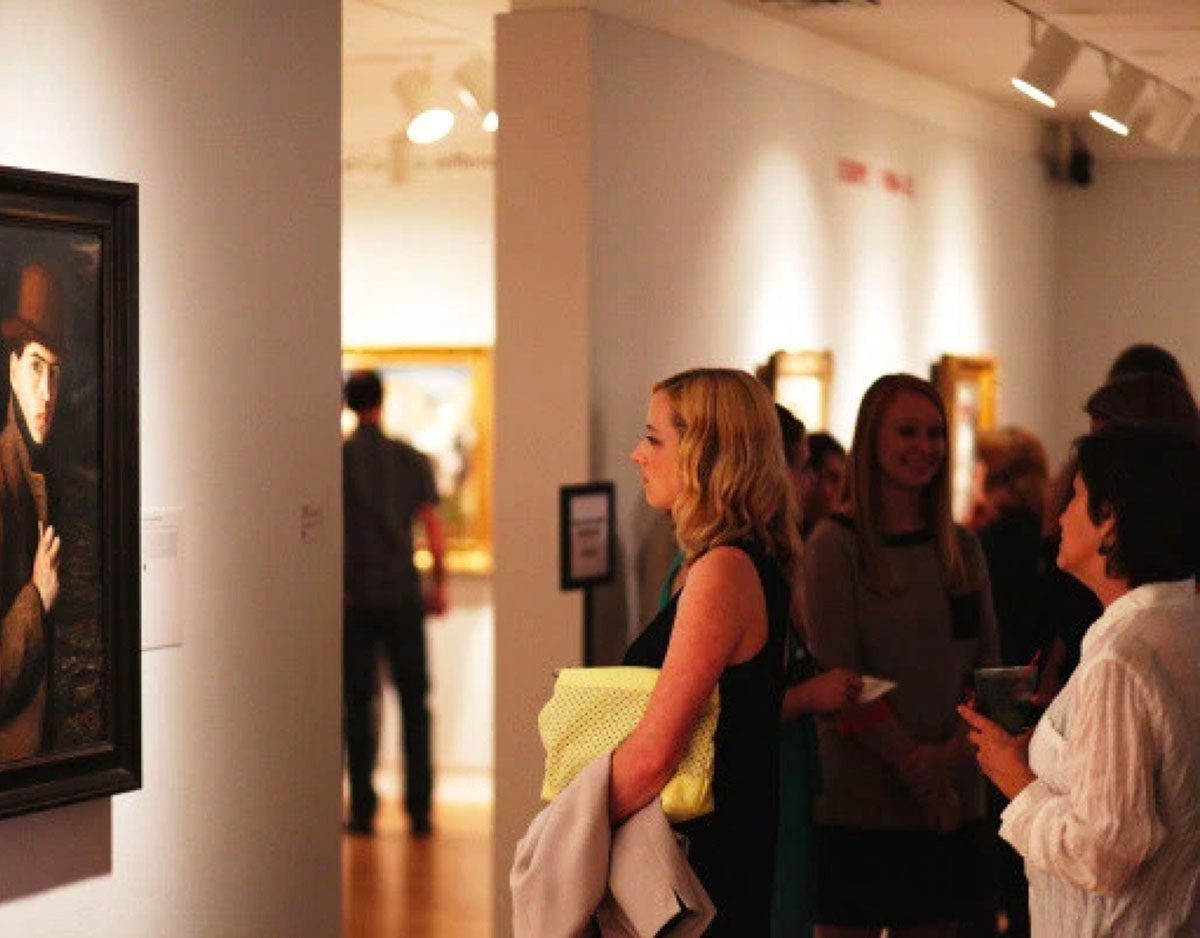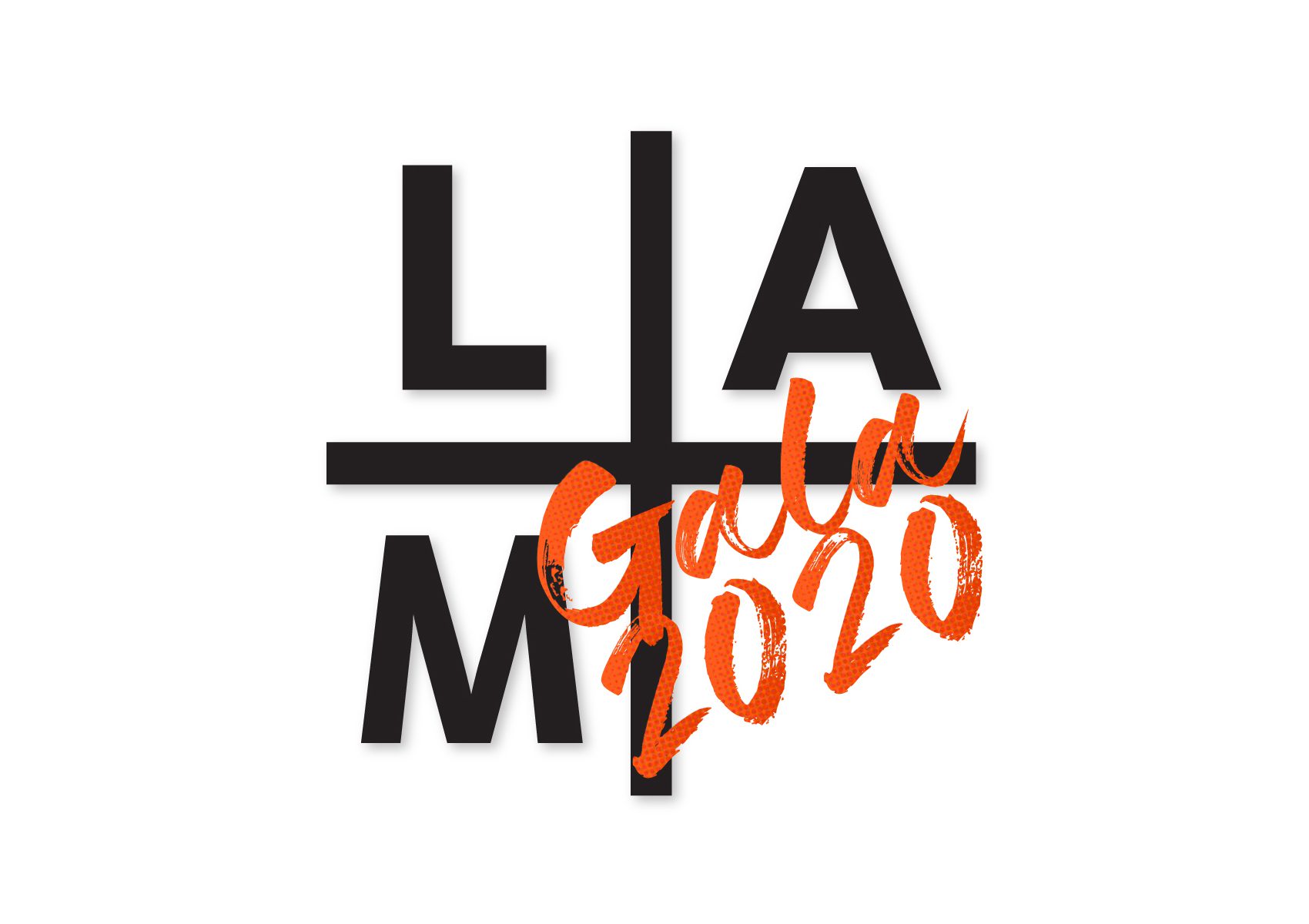Exhibit Overview
A dynamic and influential teacher and leader in the arts for three decades, E. Roscoe Shrader produced colorful, post-impressionistic paintings-landscapes, figures, and still lifes-that when exhibited elicited praise from critics and patrons alike. Shrader was influential as a teacher and head of the faculty at Otis Art Institute from 1919 to 1949. He was also president of the California Art Club for several terms during the 1920s and 30s. His devotion to his teaching and to his leadership role in the arts community precluded his attention to actively commercializing his art. Many of his paintings were often given to friends or remained with his family. As a result, Shrader’s work has heretofore been largely unknown. Fortunately, his heirs have made the works available through noted art dealer George Stern, who has produced the book The Art and Life of Edwin Roscoe Shrader.
Shrader’s background is rich and varied. Born in 1878 in Quincy, Illinois, Shrader moved to Los Angeles with his family in 1885 and graduated from Los Angeles High School. He attended the School of the Art Institute of Chicago between 1901 and 1904 and then studied for two years at the Howard Pyle School of Illustration Art in Wilmington, Delaware. As a successful illustrator for several years, Shrader created works for books and magazines, including an article in May 1912 for Scribner’s Magazine on the construction of the Los Angeles Aqueduct, for which he also wrote the text. Around 1914, Shrader moved to New Hope, Pennsylvania, where he associated with the New Hope colony of impressionists. Shrader returned to Los Angeles in 1917, where he quickly established himself as an active participant and leader in the art scene. During the 1920s, he was a member of the progressive Group of Eight, which included Mabel Alvarez, Henri de Kruif, Clarence Hinkle, John Hubbard Rich, Donna Schuster, and Edouard and Luvena Vysekal. One focus of the Group of Eight artists was a more modernist approach to painting the figure, and it is with the figure that Shrader reveals his strength. The works are painted with a gestural brushstroke, bold coloration, and shimmering light.

Subscribe To Our Newsletter
Receive news about collections, exhibitions, events, and more.








